5 Basic Shell Script Examples for Your First Script
Here you will find out:
- how to use shell scripts
- when DiskInternals can help you
Are you ready? Let's read!
About using shell scripts
It's very easy to create simple and effective Linux shell scripts to handle daily tasks. A little understanding will immediately make you a power user of Linux. Join us for a detailed introduction to Linux shell scripts.
These scripts are very simple to learn and allow users to create powerful commands and execute them on Linux.
Script #1: Hello World
Hello World programs are the most basic programs that help programmers learn a new language. This simple program prints a string “Hello World” to an output. Use an editor like Vim or Nano to create the file hello-world.sh and copy the following lines into it.

After you save this file and exit, you need to launch it with the following command:

Use it with any of the two commands below:

It will print out the string passed to the echo inside the script.
Script #2: For Comments
Comments are highly important for correct code. They are placed in code with the #(hash) that goes before the text and it gives no intervention in script code.
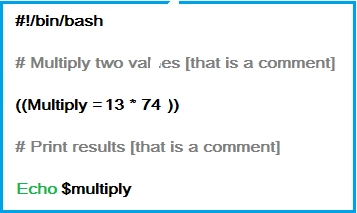
Again, use # before some lines to indicate comments, please. But the first line is an exception. There it is called a “shebang” to let the system know which interpreter to use when running the script.
Script #3: Echo for Print
The echo command is used to print the information in Bash.
It is similar to the C function "printf" and provides many common options, including escape sequences and redirects.
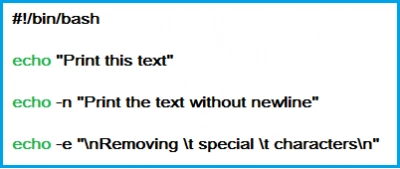
You may notice -e in this code. It is used to tell echo that the string that wrote further has special characters and requires more extended functionality.
Script #4: If Else
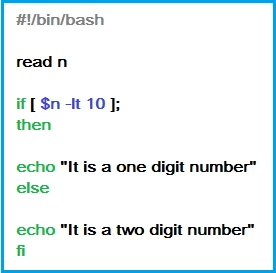
The else part needs to be placed after the operation parts of if and fi.
Script #5: Multi-line comments
You can use multi-line comments for shell scripts.
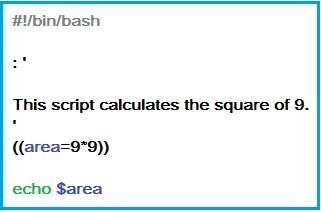
DiskInternals Linux Reader will help your virtual machine and dual-boot
If you’re running Linux on a dual-boot or virtual machine, you can use DiskInternals Linux Reader to easily transfer files, read and mount system files, and more.
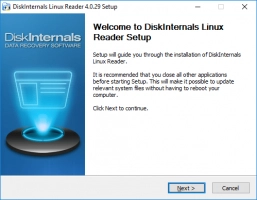
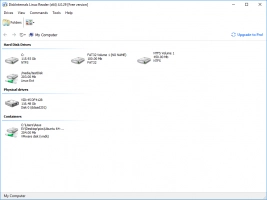
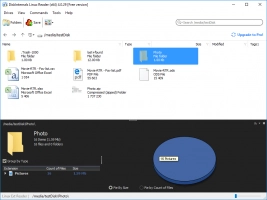
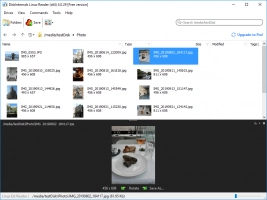
This easy-to-use, super-simple, and professional program can help you with all your data transfer needs.
It is a must-have tool for DB and VM users and it will make your life a whole lot easier.
Download DiskInternals Linux Reader today.
